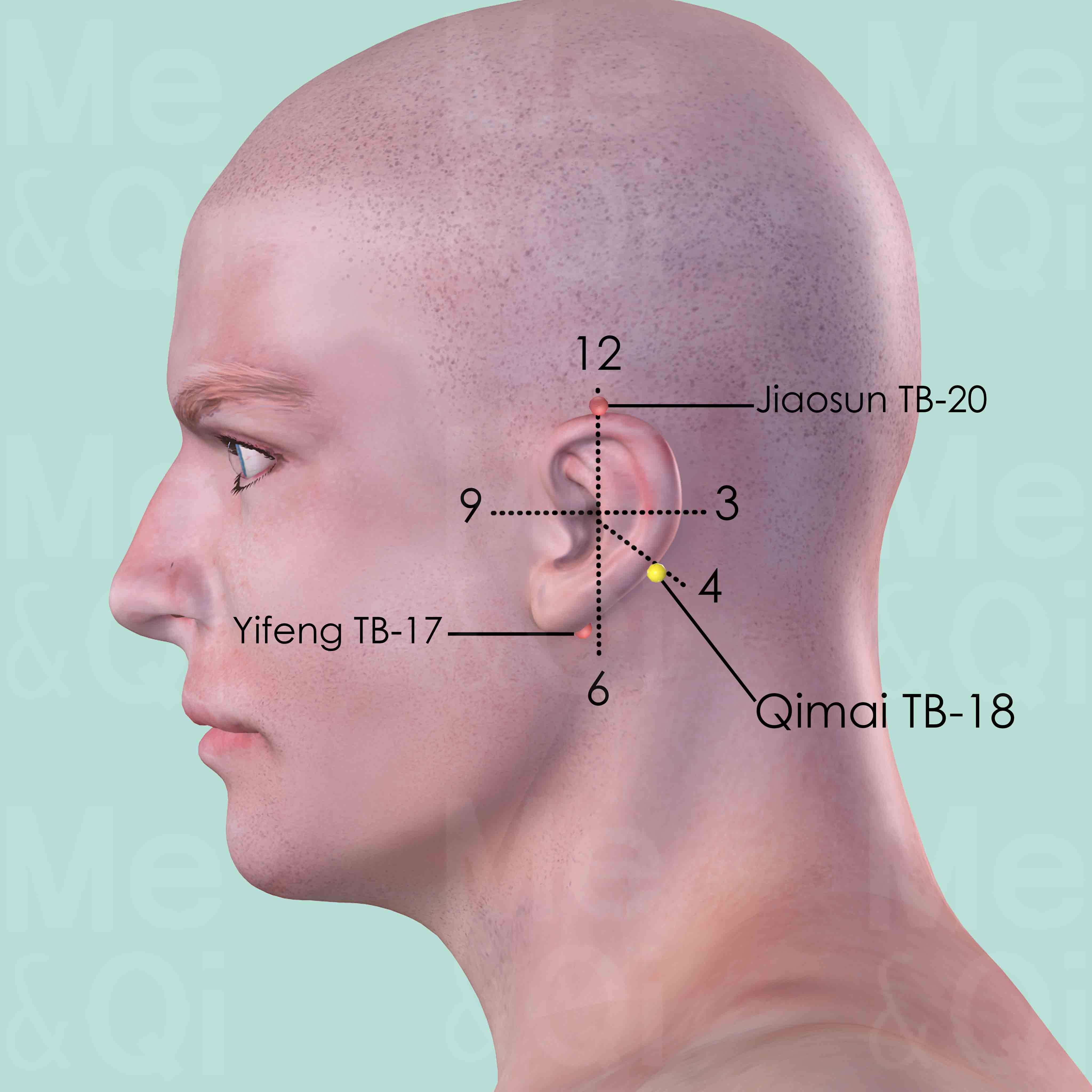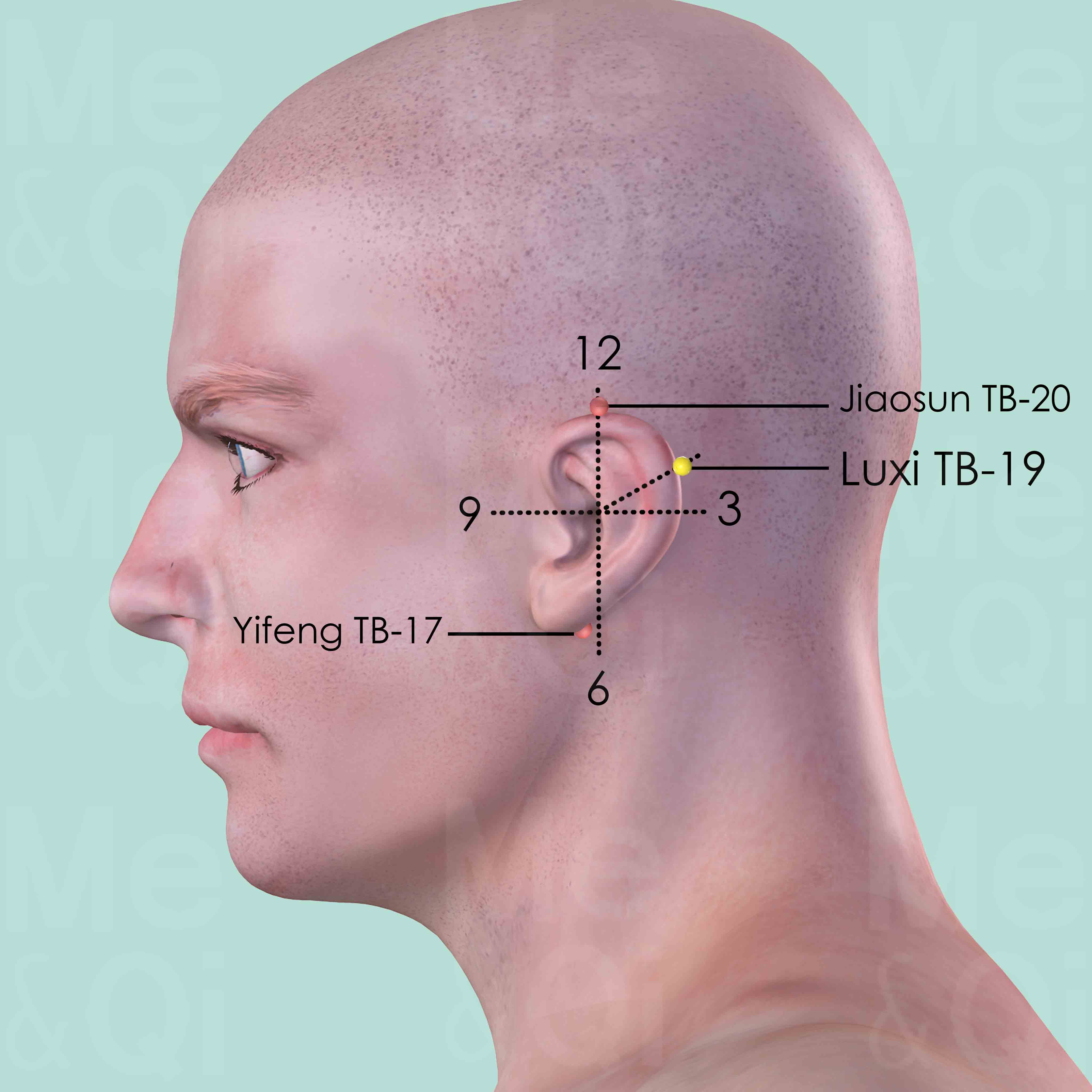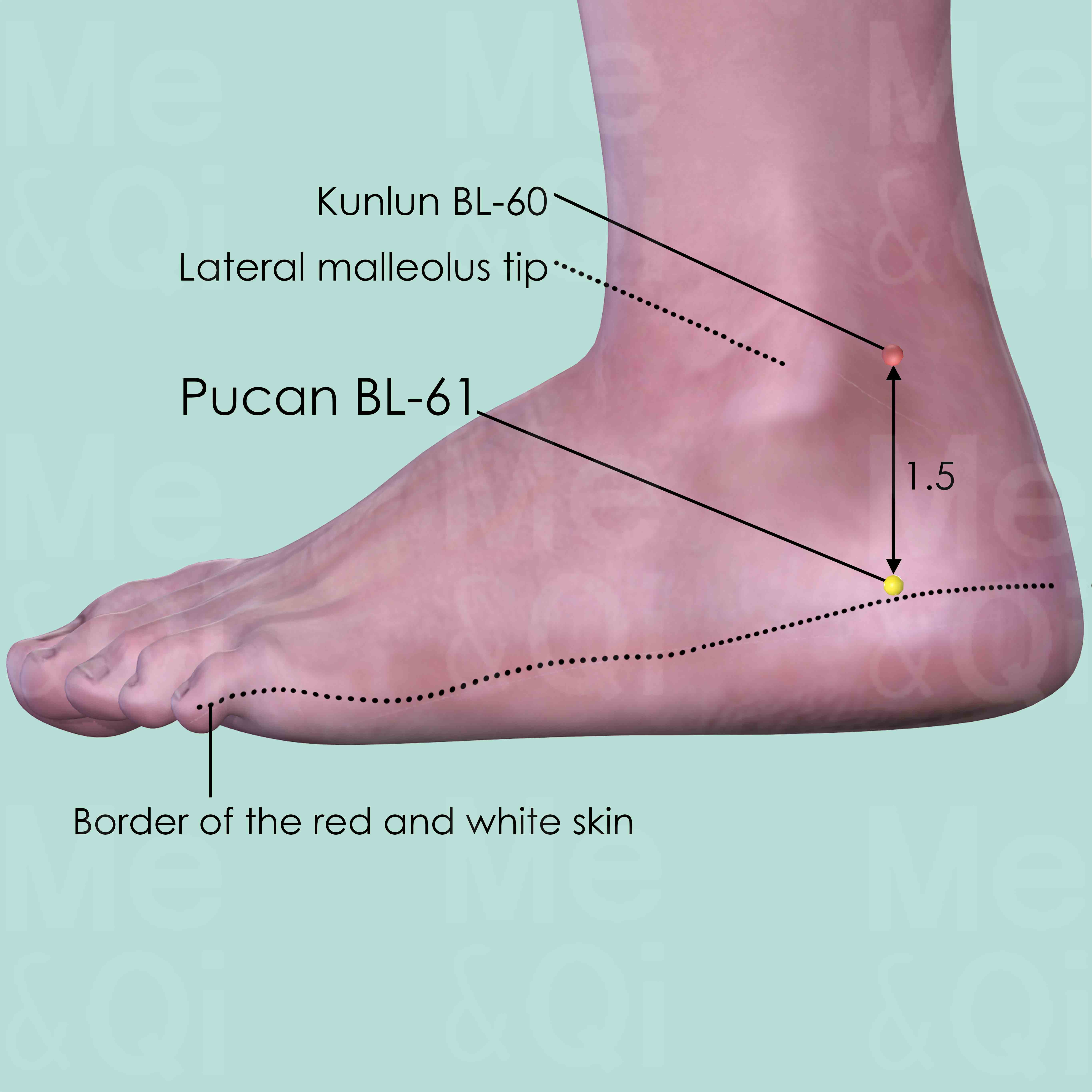Infantile Epilepsyaccording to TCM
Symptom families: Seizure and Epileptic Disorders, Pediatric Disorders and Symptoms
Parent symptom: Epilepsy
Did you mean? Childhood Epilepsy
What is Infantile Epilepsy?
Infantile epilepsy is a neurological condition characterized by the presence of recurrent, unprovoked seizures in infants. These seizures are the result of excessive electrical discharges in a group of brain cells. The diagnosis and management of epilepsy in infants present unique challenges due to the young age and ongoing development of the child. It's a condition that not only affects neurological function but can also impact the child's overall growth and development.
How does TCM view Infantile Epilepsy?
From the perspective of Traditional Chinese Medicine (TCM), infantile epilepsy is seen through a different lens compared to Western medicine. TCM attributes this condition to internal disharmonies and imbalances in the body's vital energy, known as Qi.
Conditions such as congenital Essence Deficiency, internal accumulation of Phlegm, and Liver-Spleen disharmony are considered potential contributing factors. TCM approaches treatment by aiming to identify and correct these underlying imbalances. This holistic approach often includes a combination of strategies such as herbal medicine, acupuncture, and dietary adjustments, focusing on restoring the body's equilibrium.
Acupoints for Infantile Epilepsy
In treating infantile epilepsy, TCM emphasizes the use of specific acupoints, especially in the Triple Burner and Bladder Channels. For instance, the Luxi TB-19 point, located behind the ear along the curve of the helix, is known for its effectiveness in relieving neurological symptoms associated with epilepsy, such as tetany.
Another important point is Qimai TB-18, situated at the mastoid process's center, which is believed to expel Wind, a concept in TCM often linked with seizure disorders. Additionally, the Pucan BL-61 point, found near the external malleolus, plays a role in alleviating pain and removing channel obstructions, thereby contributing to the management of seizures in infants. These acupoints are part of a comprehensive TCM approach that may include other therapeutic modalities, and their selection is usually tailored to the individual condition and overall health of each infant.
Explore below some acupoints used to address infantile epilepsy, organized by meridian.
- By Meridian
- Triple Burner Channel
- Bladder Channel

Qimai TB-18
In the center of the mastoid process, at the junction of the middle and lower third of the curve formed by Yifeng TB-17 and Jiaosun TB-20 posterior to the helix.

Luxi TB-19
Posterior to the ear, at the junction of the upper and middle third of the curve formed by Yifeng ST-17 and Jiaosun ST-20 behind the helix.

Pucan BL-61
Posterior and inferior to the external malleolus, directly below Kunlun BL-60, in the depression of the calcaneum at the junction of the red and white skin.
